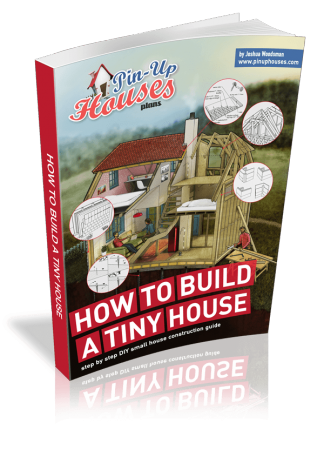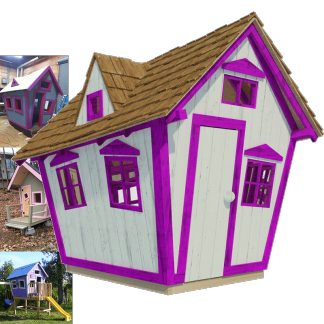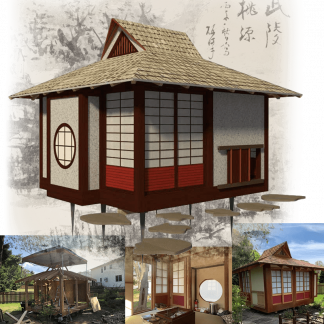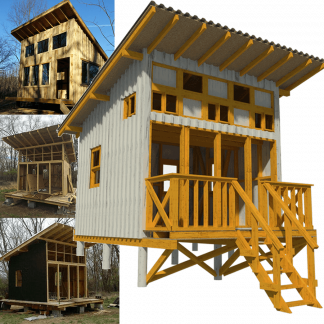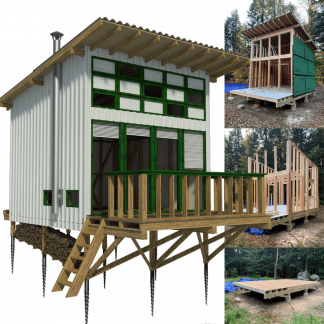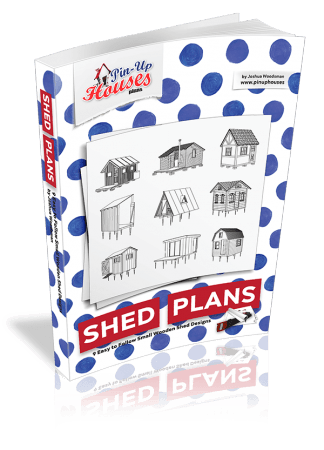The tiny home movement continues to capture imaginations worldwide, offering a simpler, more sustainable, and often more affordable way of living. But embracing life in a smaller footprint – typically under 50 square metres – presents unique design challenges, particularly when it comes to furnishing. Choosing the right furniture isn’t just about aesthetics; it’s about maximising functionality, maintaining a sense of spaciousness, and creating a comfortable, liveable environment. Standard-sized pieces often overwhelm these compact spaces, making clever, space-saving solutions essential.
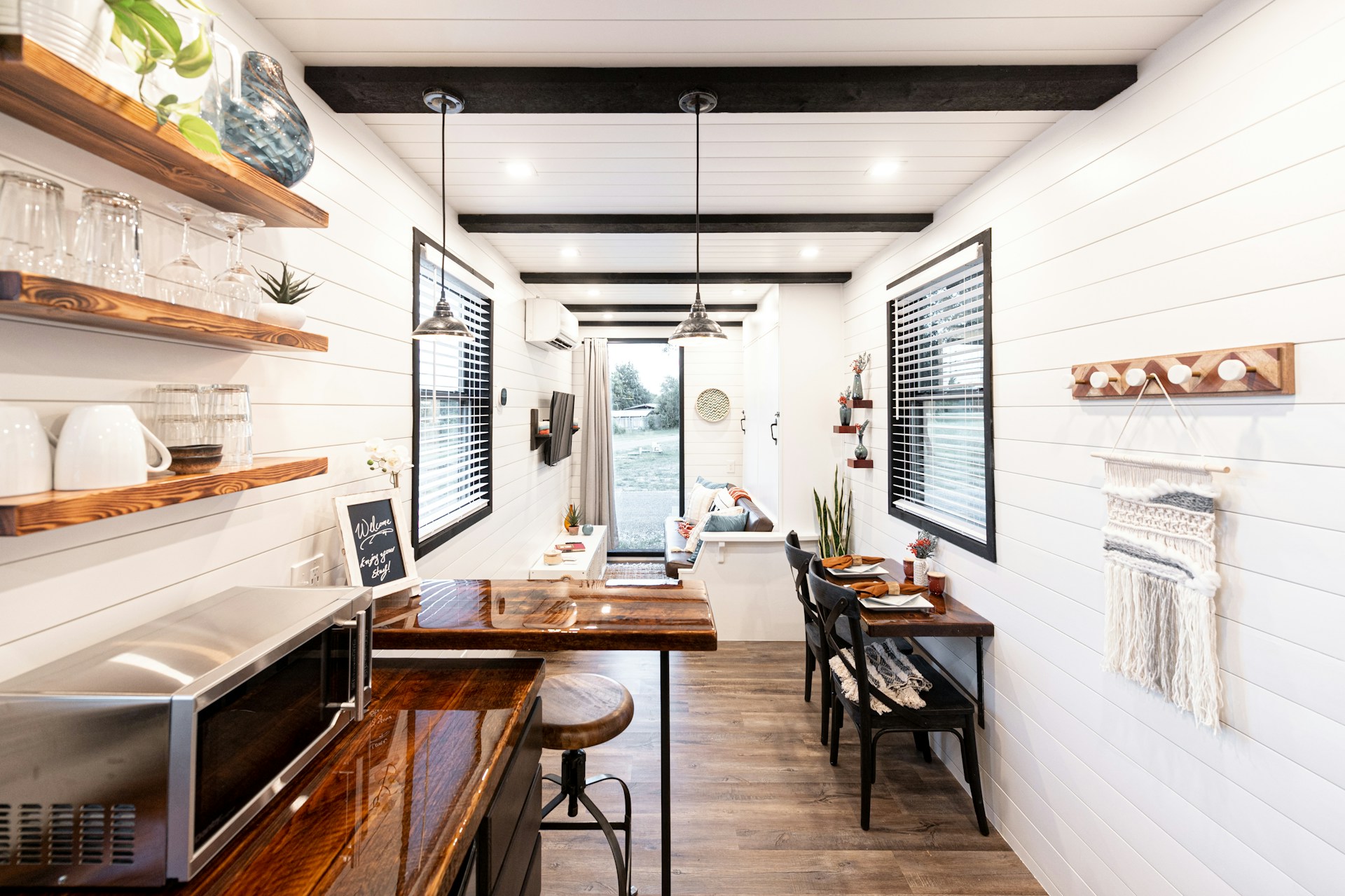
The Golden Rule: Multifunctionality
In a tiny home, every piece of furniture should ideally serve more than one purpose. This is where multifunctional designs truly shine.
- Sofa Beds: A classic example, providing comfortable seating during the day and transforming into a sleeping space at night. Modern designs are far more sophisticated and comfortable than their predecessors.
- Storage Ottomans: These offer a place to put your feet up, extra seating when guests visit, and hidden storage for blankets, games, or magazines.
- Nesting Tables: A set of tables that stack neatly together can be pulled out as needed for drinks, snacks, or even as small workstations, taking up minimal space when not in use.
- Convertible Dining/Work Tables: Look for tables that can expand or contract. A small console table might fold out into a dining table suitable for four, or a coffee table might lift to become a comfortable height for working on a laptop.
Maximising Wall Space
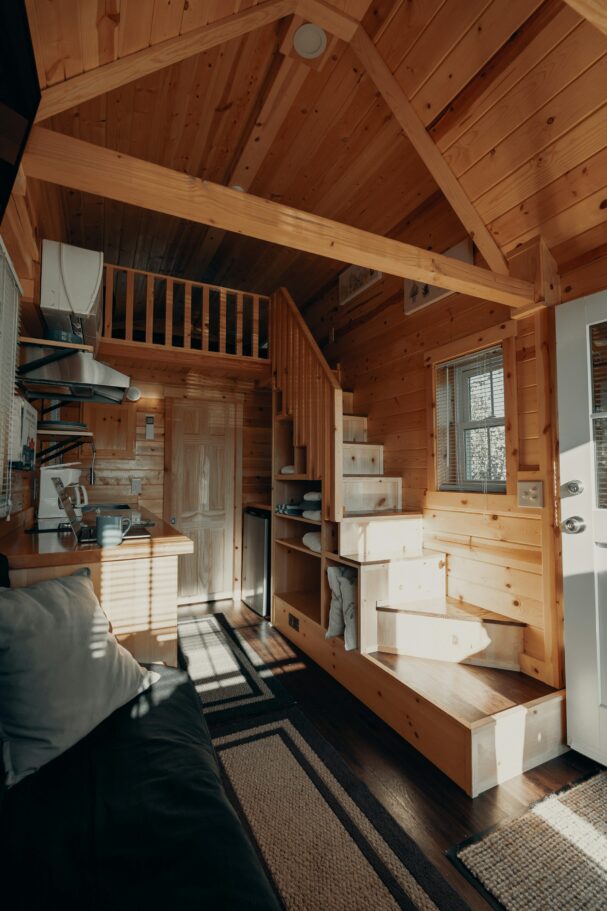
When floor space is at a premium, the only way to go is up. Utilising vertical space is crucial for storage and keeping the floor area clear.
- Tall, Narrow Bookcases: These draw the eye upward, creating an illusion of height, while offering significant storage capacity without dominating the room.
- Wall-Mounted Shelving: Floating shelves provide storage and display space for books, décor, or kitchen essentials without the visual bulk of traditional units. Consider installing shelves right up to the ceiling.
- Over-the-Door Organisers: Often overlooked, the back of a door (especially bathroom or closet doors) is prime real estate for hanging organisers for shoes, toiletries, or cleaning supplies.
Fold, Collapse, and Stow Away
Furniture that can disappear when not needed is a tiny home dweller’s best friend.
- Drop-Leaf Tables: Perfect for dining, these tables have hinged sections that can be folded down, reducing their footprint significantly. They can sit neatly against a wall until needed.
- Folding Chairs: Essential for accommodating guests. Choose stylish designs that can be easily stored in a closet, under a bed, or hung flat against a wall.
- Wall-Mounted Desks: These fold down to provide a work surface when required and fold back up against the wall, often resembling a shallow cabinet or shelf, when not in use.
Embrace Built-Ins
If you’re designing or commissioning a tiny home build, incorporating built-in furniture from the outset is incredibly efficient.
- Bench Seating with Storage: Built-in benches in dining nooks or living areas can incorporate drawers or lift-up lids for hidden storage.
- Integrated Beds: Murphy beds (wall beds) or beds built onto platforms with extensive storage underneath are popular solutions.
- Custom Nooks: Desks, wardrobes, or shelving built directly into alcoves or under stairs maximises every available inch.
Where Tiny Homes Are Thriving
The appeal of tiny living has spread globally. The movement is particularly strong in the United States, Canada, Australia, and New Zealand, often driven by desires for financial freedom, environmental consciousness, and a simpler lifestyle. Europe is also seeing growing interest, with variations adapted to local climates and regulations.
Interestingly, the concept of compact living isn’t entirely new in densely populated areas. In places like Malta, while known for traditional farmhouses and spacious villas, there’s also a long history of making the most of smaller dwellings like maisonettes and townhouses, particularly in historic cities like Valletta and the Three Cities. The principles of space-saving design are inherent here. While tiny homes on wheels might be less common due to land constraints, the ethos of smart, compact living resonates. Finding furniture that fits these smaller Maltese homes, whether traditional or modern tiny builds, often requires careful sourcing, perhaps from local craftspeople or a specialised home design store online in Malta that caters to diverse spatial needs.
Furnishing a tiny home requires thoughtful planning and a shift in perspective. It’s about choosing pieces that work hard, save space, and contribute to a feeling of openness. By prioritising multifunctional, vertical, collapsible, and appropriately scaled furniture, you can create a tiny home that is not just liveable, but truly comfortable, functional, and stylish.


